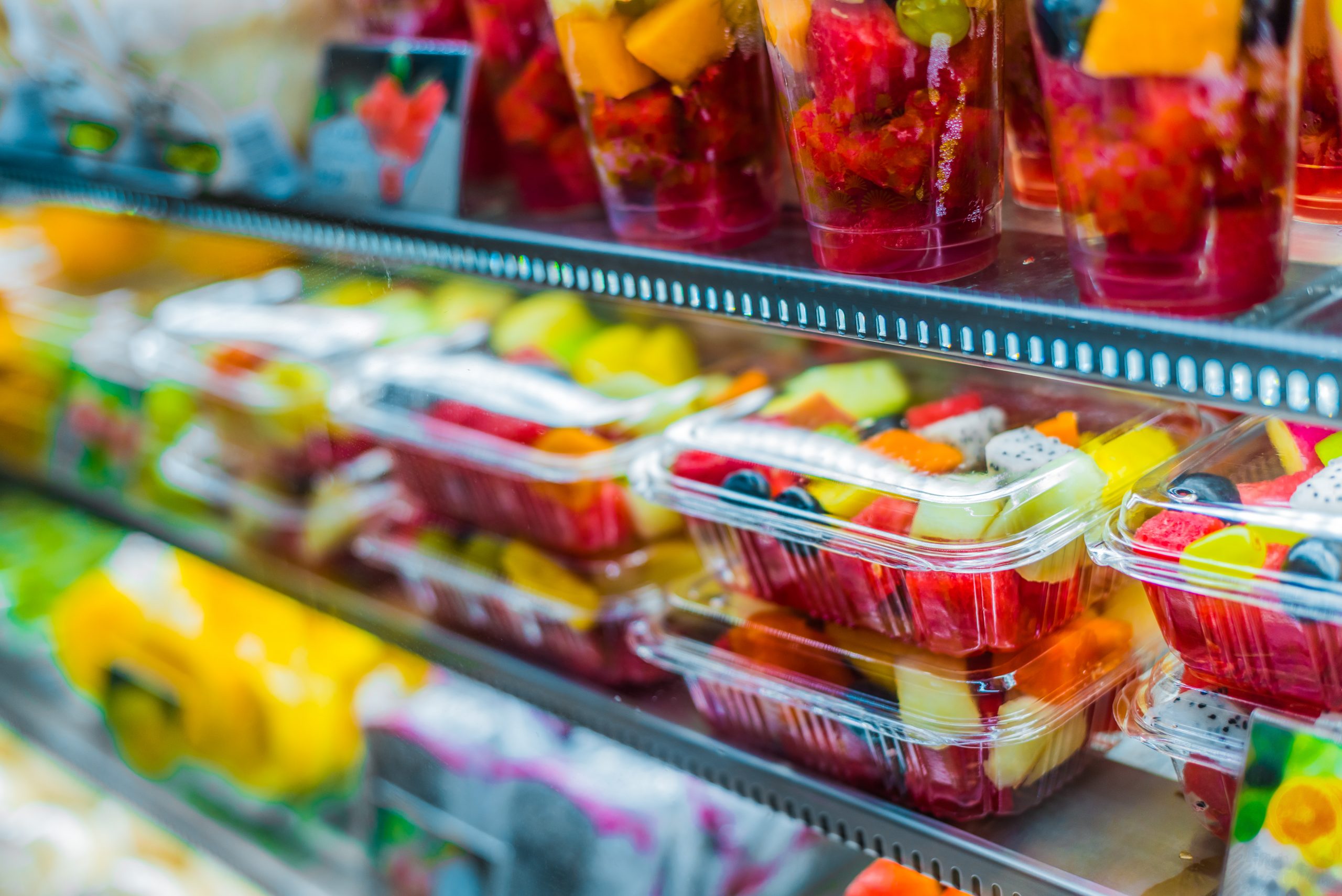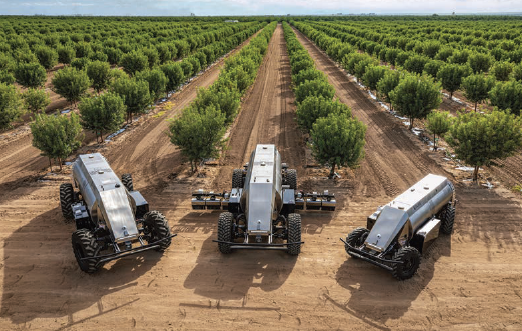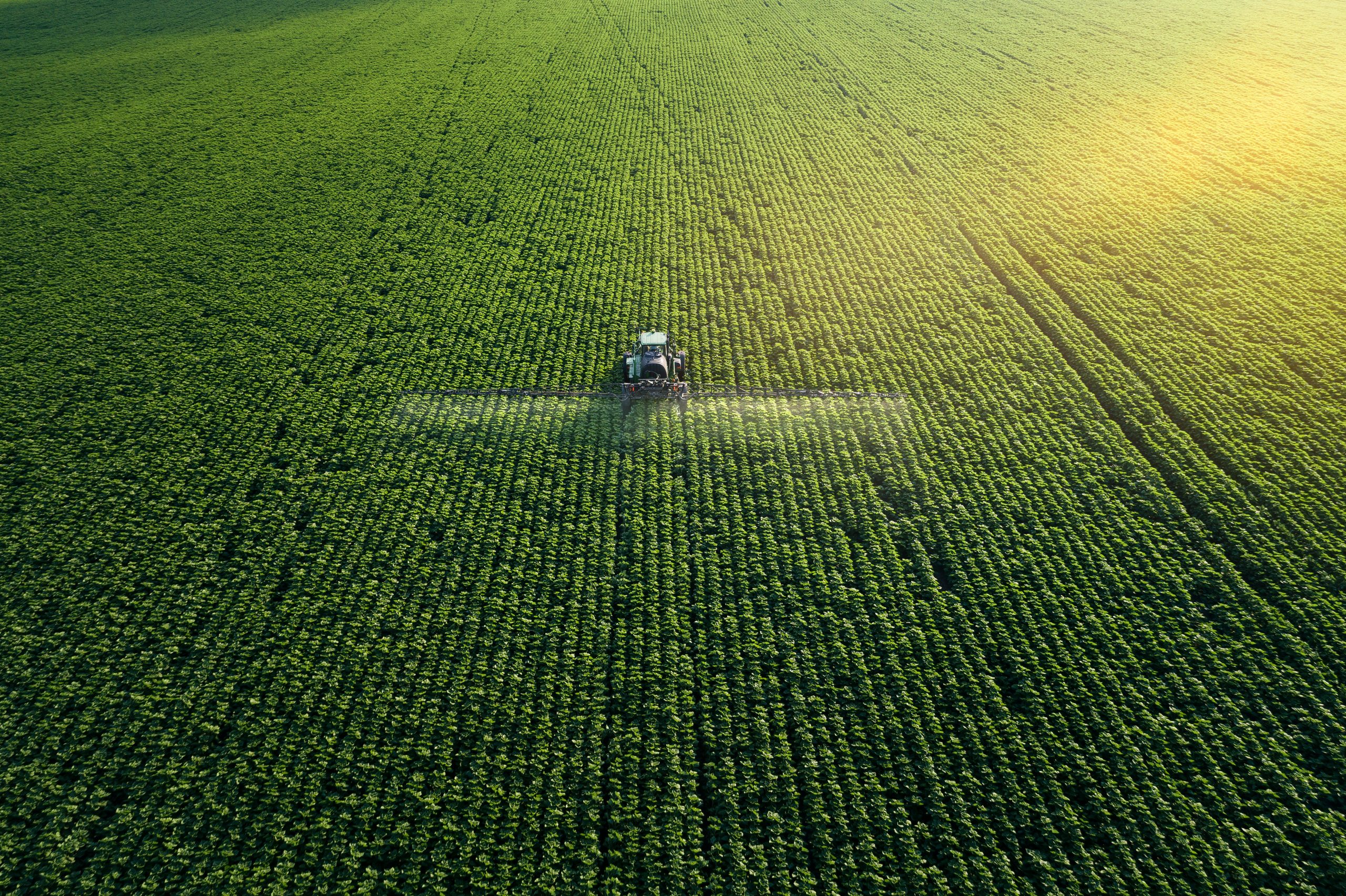Welcome to Blue Book!
Are you ready to join the thousands of companies who rely on Blue Book to drive smarter decisions? View our plans and get started today!
Still have questions? We’d love to show you what Blue Book can do for you. Drop us a line– we’ve been waiting for you.

In this article

While fresh produce packaging continues to proliferate in terms of size, type, and format, the question of what to do with a used carton, bag, or clamshell is coming into sharp focus. As a result, produce suppliers say the industry is responding.
A sign of things to come may be found in legislation, specifically in California. Eva Almenar, assistant professor at Michigan State University’s School of Packaging, mentions California SB 54, known as the Plastic Pollution Prevention and Packaging Produce Responsibility Act.
According to the state agency CalRecycle, the legislation shifts the plastic pollution burden from consumers to producers, who must pay $5 billion over 10 years beginning in 2027 to address the environmental impacts of plastic pollution and aid communities affected by environmental waste.
By 2032, the law requires producers to ensure 100-percent of single-use packaging and plastic foodservice ware sold in the state is recyclable or compostable; 65 percent is recycled; with 25 percent less of these types of packaging sold.
The law also gradually tightens requirements on all plastic-covered material offered for sale, distributed, or imported into the state.
“Sustainability is certainly a driving factor in packaging innovation in produce.”
What’s Pushing Change?
Consumer choice, as well as regulatory compliance, are major drivers in the ever-changing packaging field.
Longtime marketing guru Cindy Jewell, who works with El Rio, CA-based Bobalu, LLC BB #:354734, believes the primary force behind packaging innovation comes down to two words: “Consumer demand.”
Brianna Shales, marketing director with Wenatchee, WA-based grower-shipper Stemilt Growers, LLC BB #:113654, is on the same page. “Sustainability is certainly a driving factor in packaging innovation in produce.
“In many cases, the packaging is plastic, and consumers see that as a negative because of how plastic typically ends up in landfills vs. recycling streams. The industry continues to innovate to help provide consumers with options and make it easy for them to buy produce items.”
Joan Wu, packaging and private-label project manager with the Vancouver, BC-based Oppenheimer Group BB #:116424, known as Oppy, adds, “There’s also a push for brands to differentiate themselves through packaging—whether that’s using eco-friendly materials or offering functionalities like resealability.
“Evolving consumer preferences like those around convenience and reducing plastic waste are also influencing innovation.”
Yet there is no one-size-fits-all approach to packaging. “Which is why we’re all trying different things,” notes Shales.
Experimenting with Old and New
Wu says the search for new ideas never stops. “Oppy consistently tests and evaluates a range of innovative and sustainable packaging. The trend is increasingly toward using recyclable materials and incorporating post-consumer recycled content.
“Additionally, there’s a focus on collaborating with organizations like How2Recycle to include educational information on packaging.”
In the transition away from plastic to more sustainable packaging options, Almenar and Shales believe paper will likely play a bigger a role. “Paper packaging is coming onto the produce scene in the United States, with styles adopted from Europe,” notes Shales.
Almenar sees a move to paper in combination with compostable films, mesh, or netting, which is already being used in packaging for oranges, apples, blueberries, and tomatoes.
“Paper is not a good barrier to water, oxygen, or carbon dioxide, so the industry is working on new technologies to develop better barriers,” she explains. “We’ll see how we can play with paper—in some cases, it doesn’t have any issues; but by itself, without coating, combining with films works.”
“I think most consumers would state they prefer unpackaged produce in many cases, yet that might not be true to what they can actually purchase at a grocery store, or be their actual buying habit either.”
Preference, Price, More or Less
Whether it’s boxes, cartons, clamshells, or bags, consumers definitely have preferences when it comes to convenience, sustainability, and price, and within price, quantity and quality. Unfortunately for suppliers and retailers, these choices may often be at odds.
Convenience and sustainability tend to cost more, but many consumers aren’t willing to pay higher prices. Larger cartons or packs may be less expensive, but then waste may be a factor. And when it comes to more or less packaging, consumers are conflicted, with convenience a top draw.
“Consumers are definitely becoming more eco-conscious and might seek out less packaging, but convenience still ranks high,” contends Wu.
Shales and Jewell concur.
“I think most consumers would state they prefer unpackaged produce in many cases,” Shales observes, “yet that might not be true to what they can actually purchase at a grocery store, or be their actual buying habit either.”
Jewell says, “They want a little of both—but as much as consumers want environmentally friendly packaging, they don’t want to pay more for it, and they still want convenience and quality.”
Quality, Shelf Life & Waste
The evolution of packaging is an ongoing concern, but grower-shippers still have to pay close attention to quality, points out Jewell.
“The produce industry continues to work toward environmentally friendly options to help reduce waste in packaging, but the quality of the product within the package still needs to be the primary focus.”
How far a fruit or vegetable travels can also have an effect on packaging design according to Wu. “Packaging needs to account for variables like temperature fluctuations, moisture control, and physical protection, especially during long-haul transports.”
Shales agrees. “There are many factors that go into packaging design in produce, and the ability for the fruit or vegetable to maintain its quality and integrity in a new package is at the forefront of decision making.”
For berry packaging, distance isn’t as critical as temperature or venting, Jewell says. “The packaging has to allow air to move through and keep berries cool during transportation, all the way to purchase by the consumer.”
“Beyond shipping, streamlined packaging can reduce waste at the production level and make operations more efficient by simplifying the packing process.”
The use of modified atmosphere packaging helps preserve quality and extend shelf life. “We’re seeing more and more modified-atmosphere packaging,” notes Almenar.
Wu is a fan of packaging with the ability to adjust oxygen and carbon dioxide levels to slow spoilage and prevent waste. She’d also like to see better labeling and closure options.
“Educational labels which guide consumers on how to store or use the product, resealable options to maintain freshness, and tamper-evident features to ensure food safety also prevent further waste.”
Packaging matters on the supply chain side of the equation too. “Packaging that allows more product to be shipped per pallet or container can significantly lower transportation costs,” adds Wu.
“Beyond shipping, streamlined packaging can reduce waste at the production level and make operations more efficient by simplifying the packing process.”
The Outlook
Moving forward, sustainability will remain a key focus in packaging, along with reducing waste. “Particularly as more companies and industries aim for closed-loop systems where packaging is designed to be part of a recyclable or compostable cycle,” Wu says.
Jewell points out the need to ensure consumers know how to recycle packaging. “Education is essential for consumers to actually recycle packaging that can be recycled. We all need to work together throughout the distribution system on that front.”
In the meantime, Shales says grower-shippers will keep trying new formats and configurations. “We’ll continue to see different packaging types trialed and an ongoing focus on less plastic or recyclable plastic.
“The visibility that plastic provides produce cannot be ignored,” she observes, “so moving completely away from plastic isn’t going to be the long-term answer in produce.”





